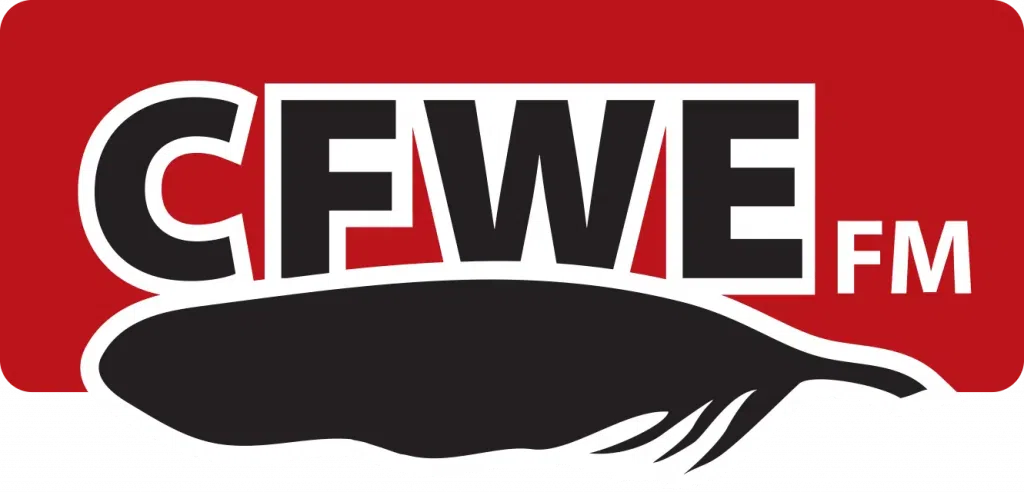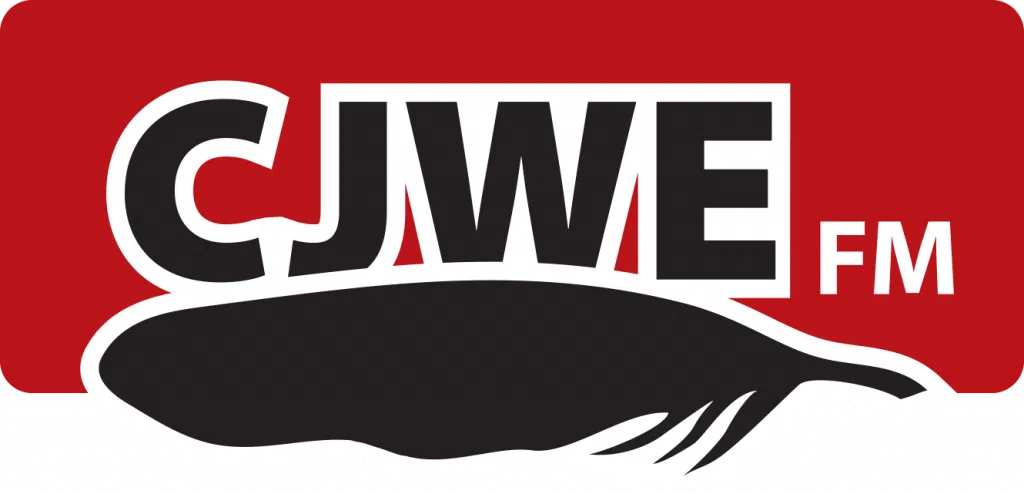Alberta is launching a new at-risk species plan to protect an endangered hawk and send population numbers soaring.
The ferruginous hawk has been seen in the rolling plains of southern Alberta’s grasslands for generations and is widely known as the largest hawk in North America. However, despite past efforts to increase its numbers, the bird remains endangered under Alberta’s Wildlife Act.
An updated plan has been released by the Government of Alberta to protect this majestic hawk and support the growth of its population. This plan will update the original 2014 plan and will increase population numbers, protect nest sites and support the habitats needed for the ferruginous hawk to thrive.
“This plan represents a collaborative, multi-year conservation effort between Environment and Protected Areas and multiple partners. While still not where they need to be, numbers of ferruginous hawks appear to be moving in the right direction, thanks to these efforts. These large, conspicuous hawks are an iconic species in our grasslands and play an important role in our province’s ecosystem.”
Alberta’s species at risk recovery plans help establish a basis for cooperation among government, Indigenous communities, industry, conservation groups, landowners and other stakeholders to ensure at-risk species and populations are restored or maintained to their former glory.
Under the original plan, the ferruginous hawk population has slowly stabilized and shown signs of increasing. However, the bird remains endangered, and an updated approach is needed if Alberta hopes to see a long-term recovery.
Through the new plan, Alberta’s government and partners across the province will work to protect and support the hawk’s habitats, nest structures and prey needed to survive. Other important steps will also be taken in the coming years, including reducing human disturbance at nest sites and limiting the impacts of predators.
“Ensuring grasslands are maintained for species like ferruginous hawks is crucial. These hawks are often embraced by landowners as a natural means to help control ground squirrel numbers, with many encouraging the endangered species to establish a nest on their land. Continued support and collaboration from landowners, along with society’s desire to see ferruginous hawks thrive, provides a promising future for this and other species as long as we maintain intact grasslands.”

















Comments